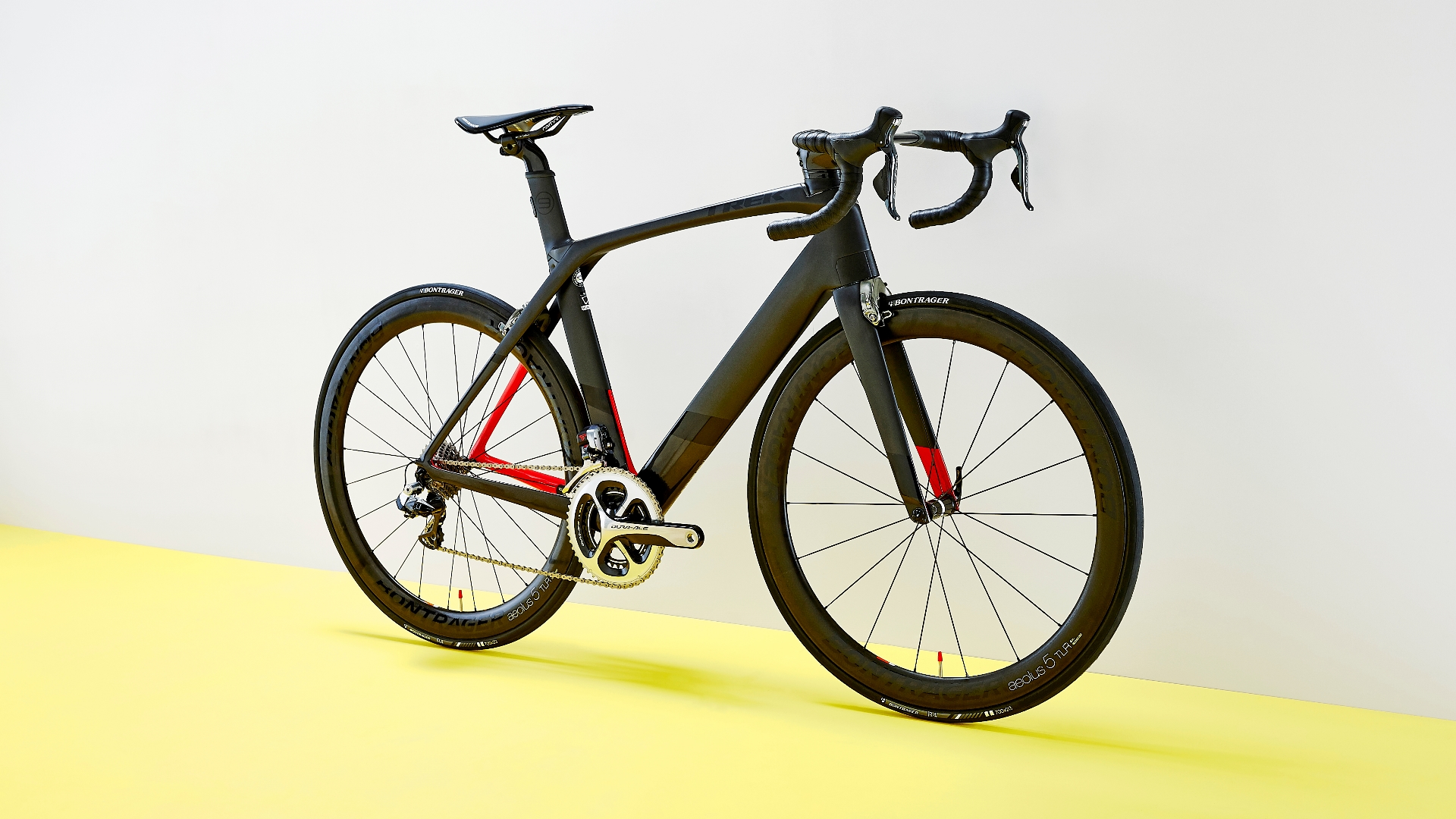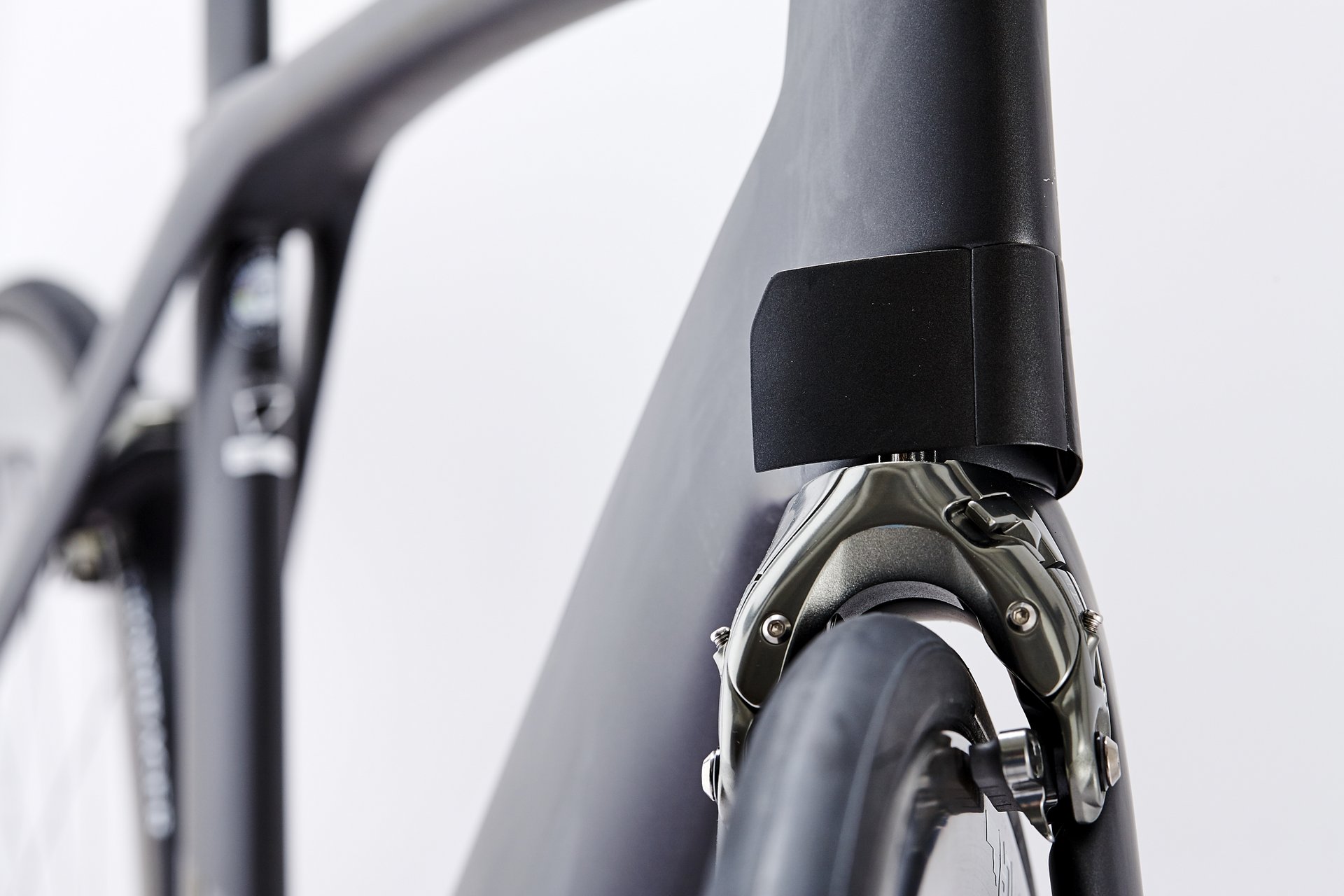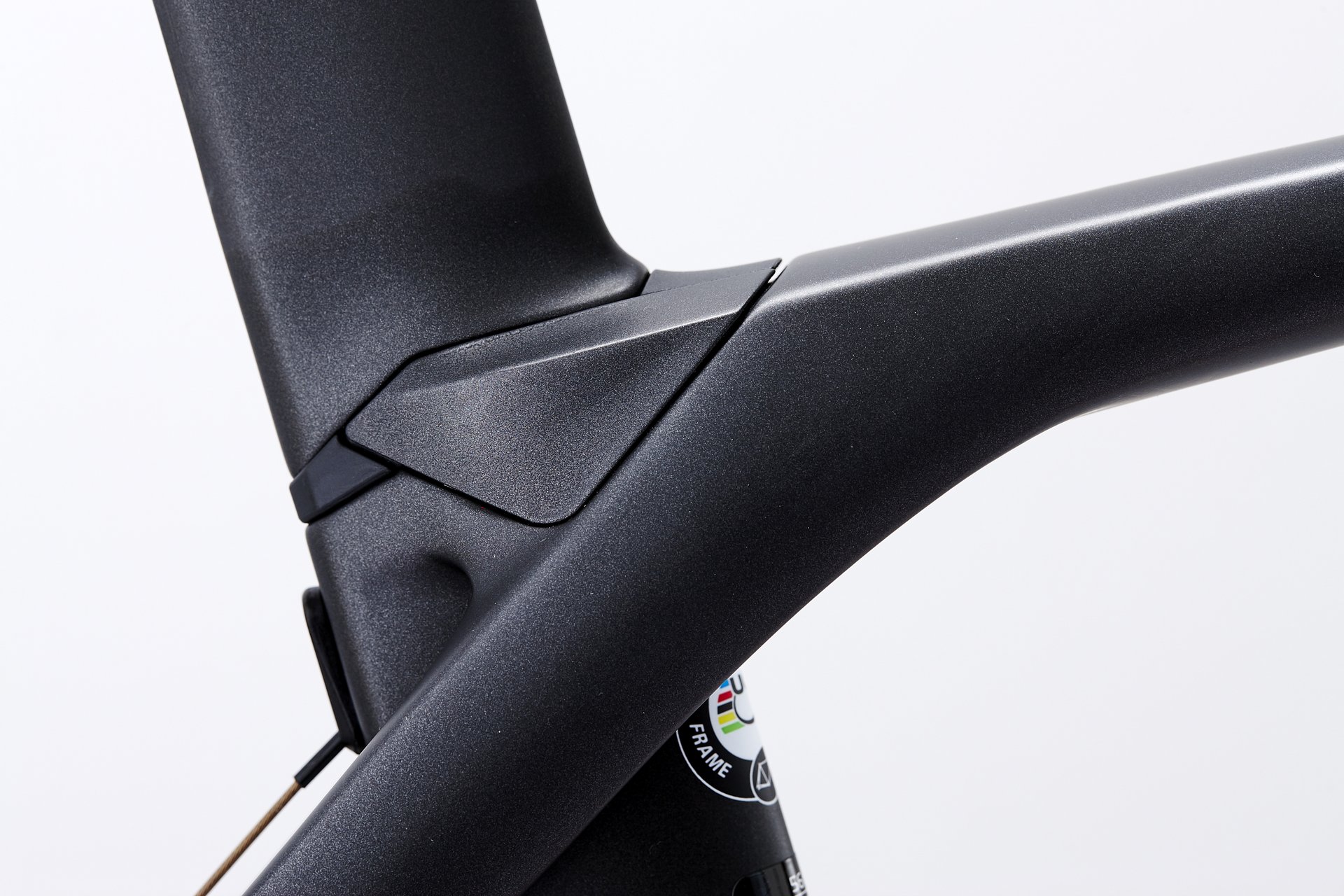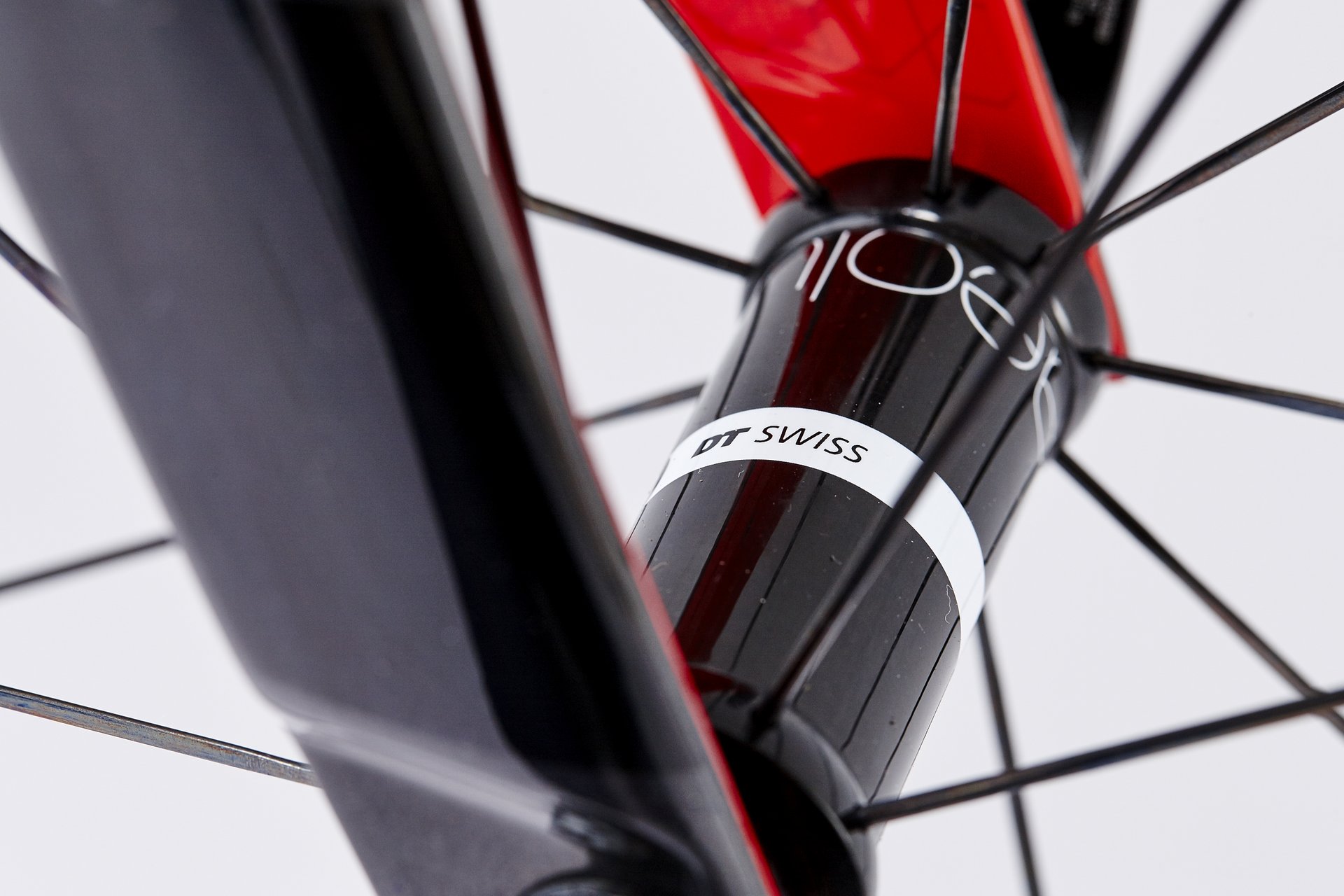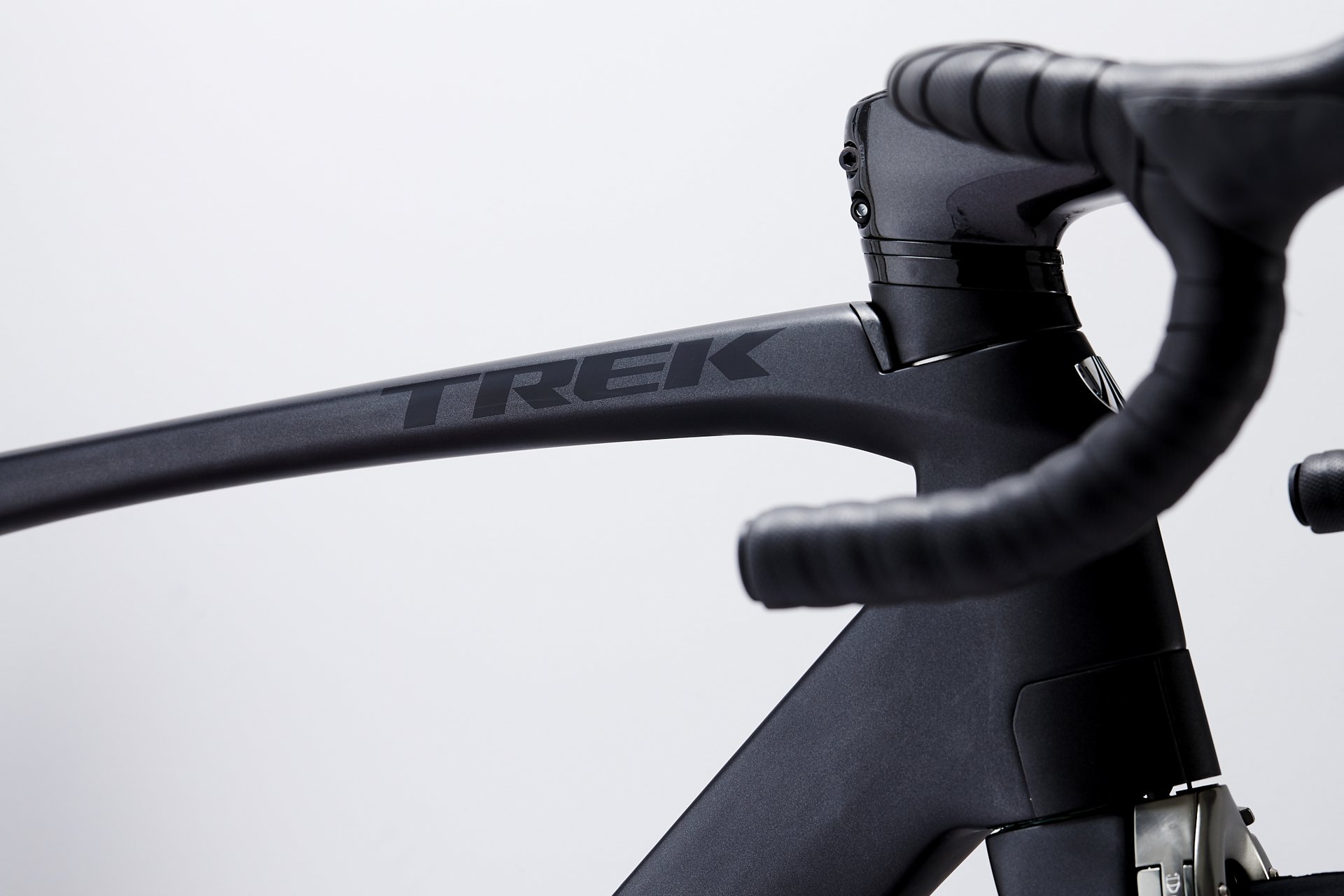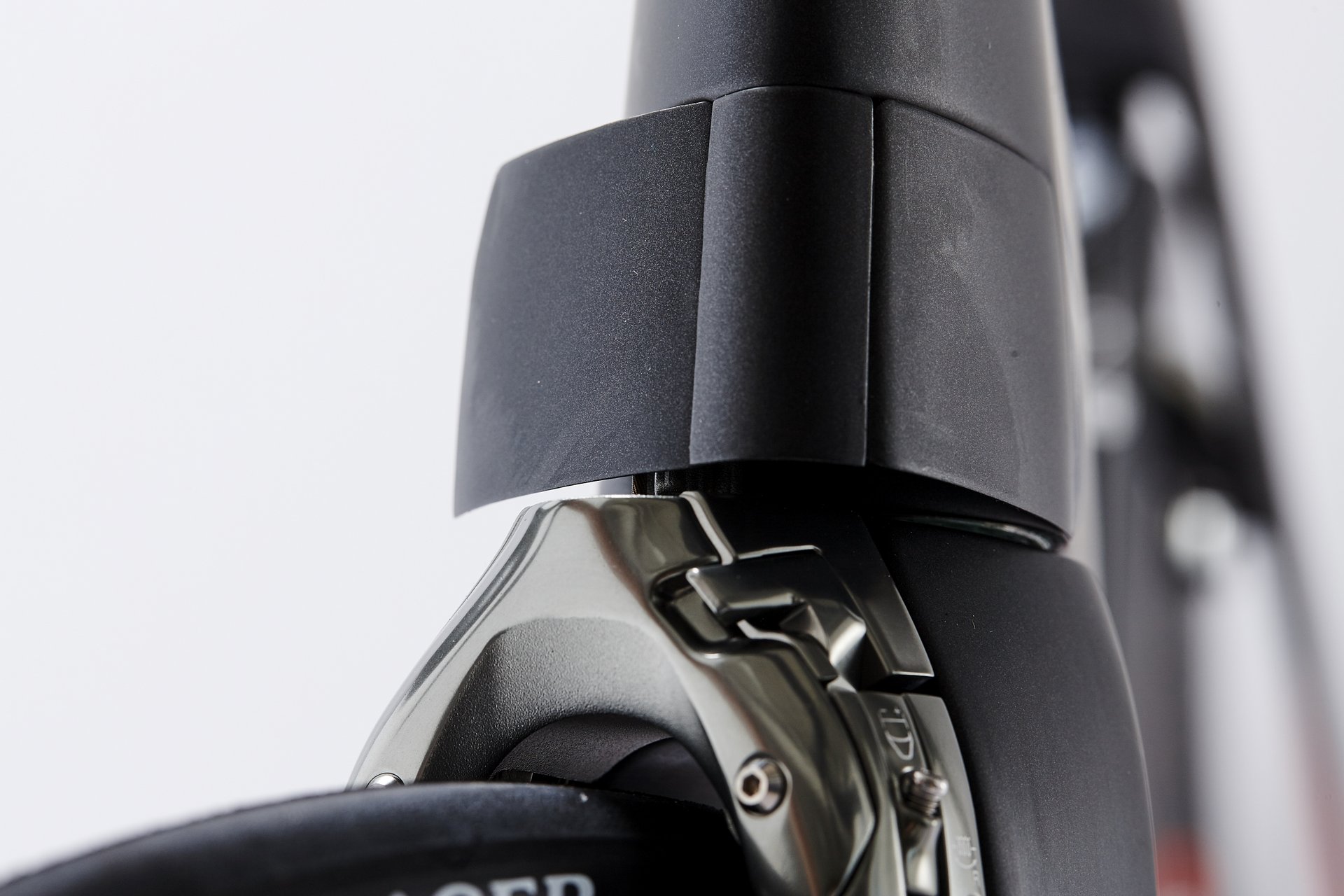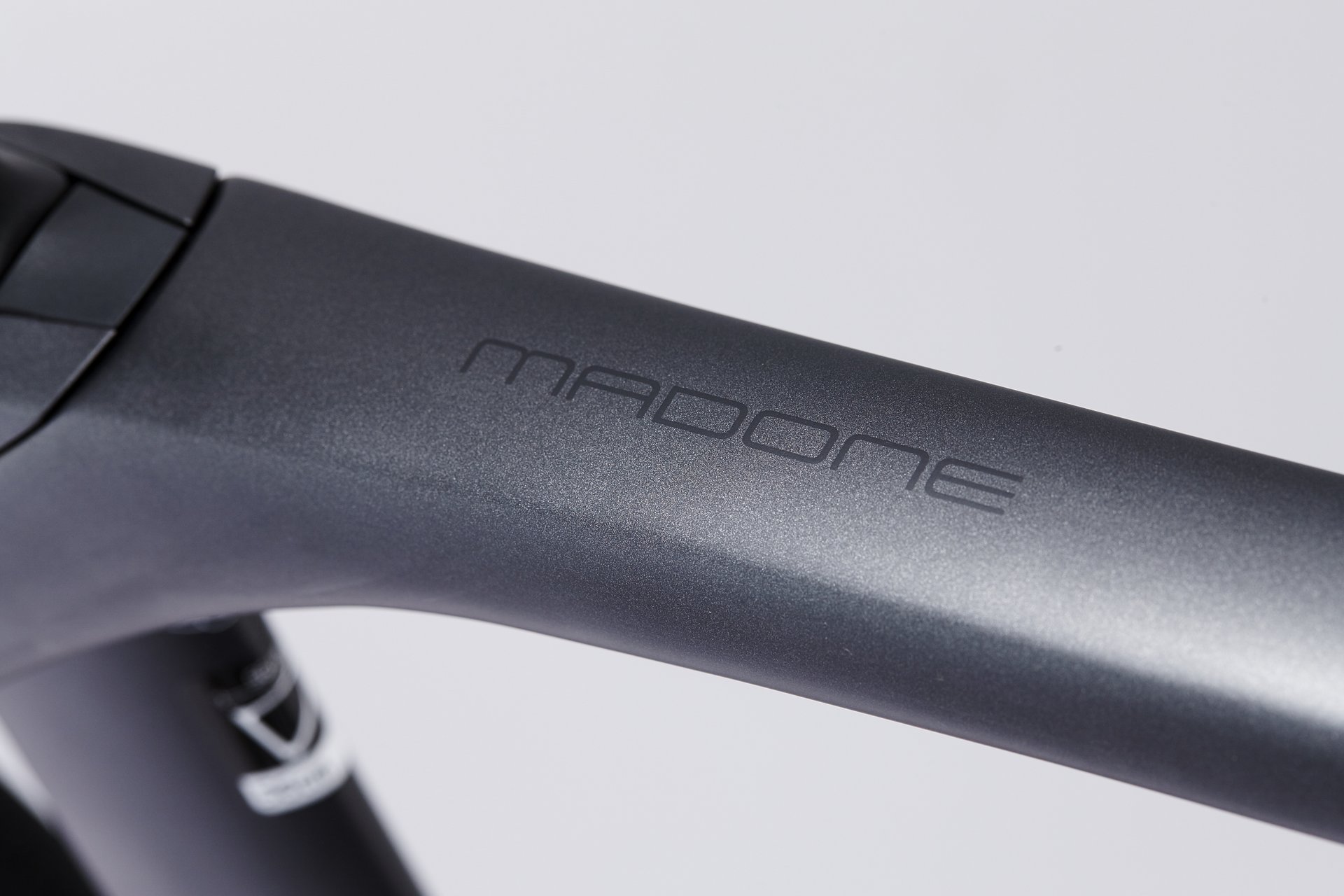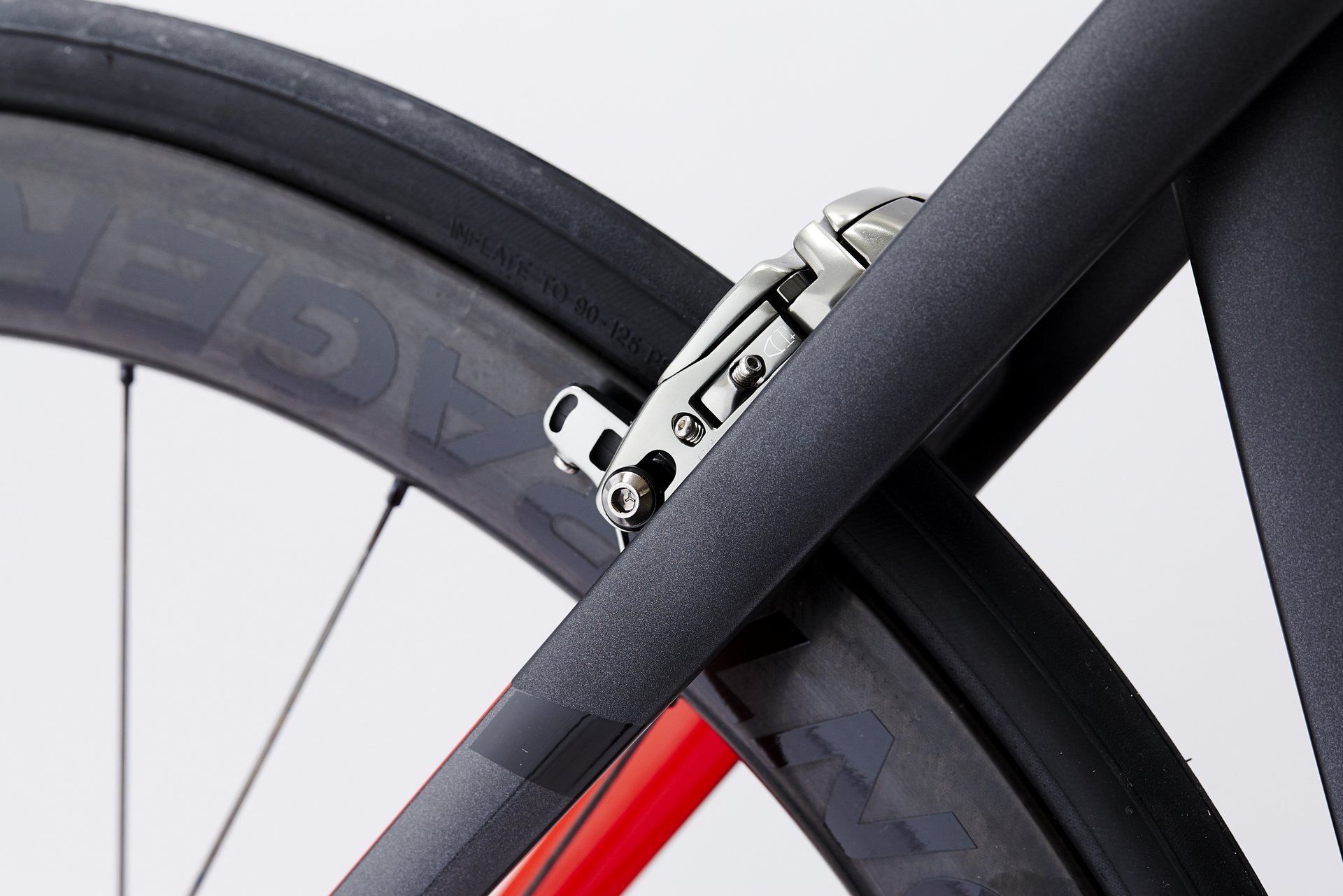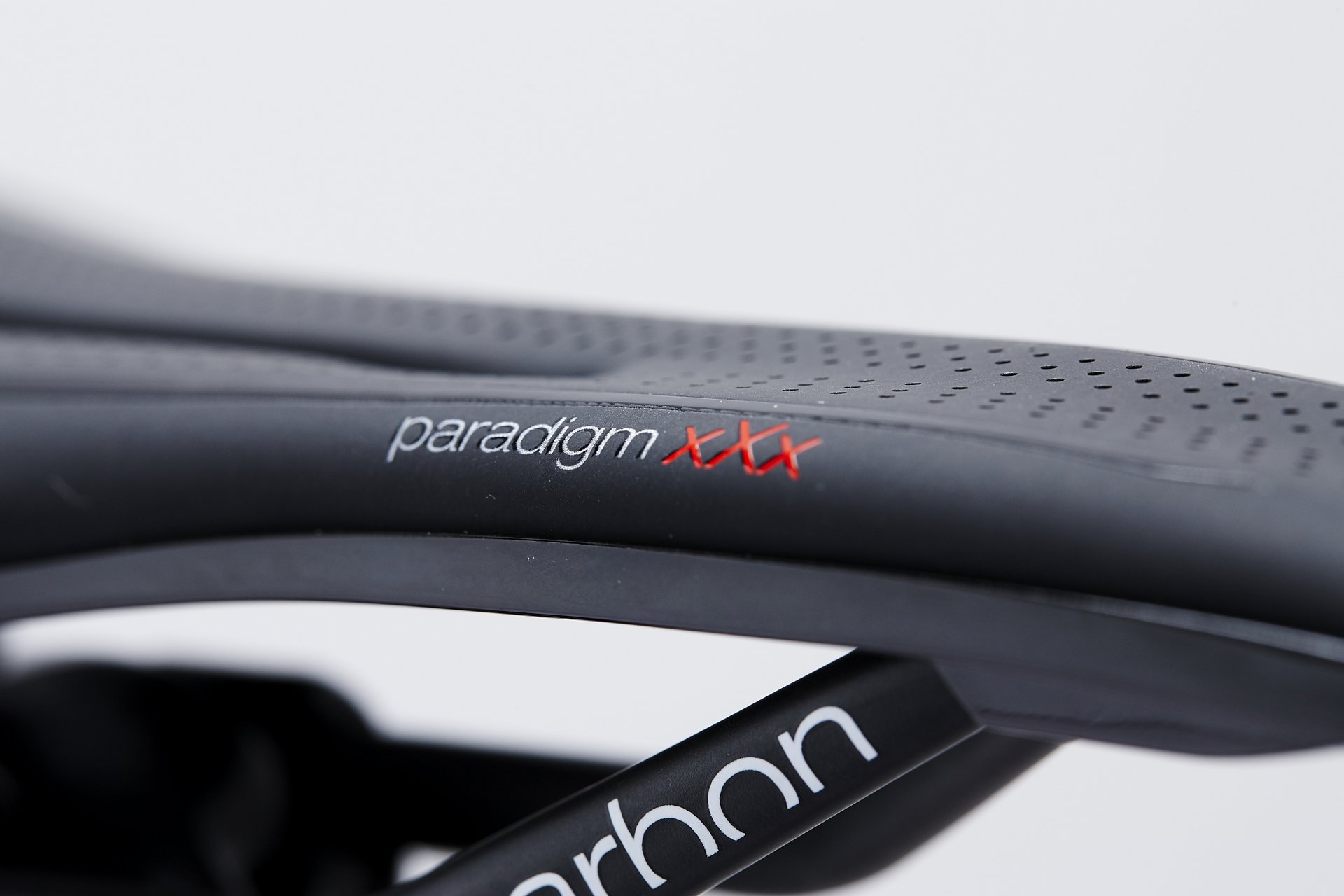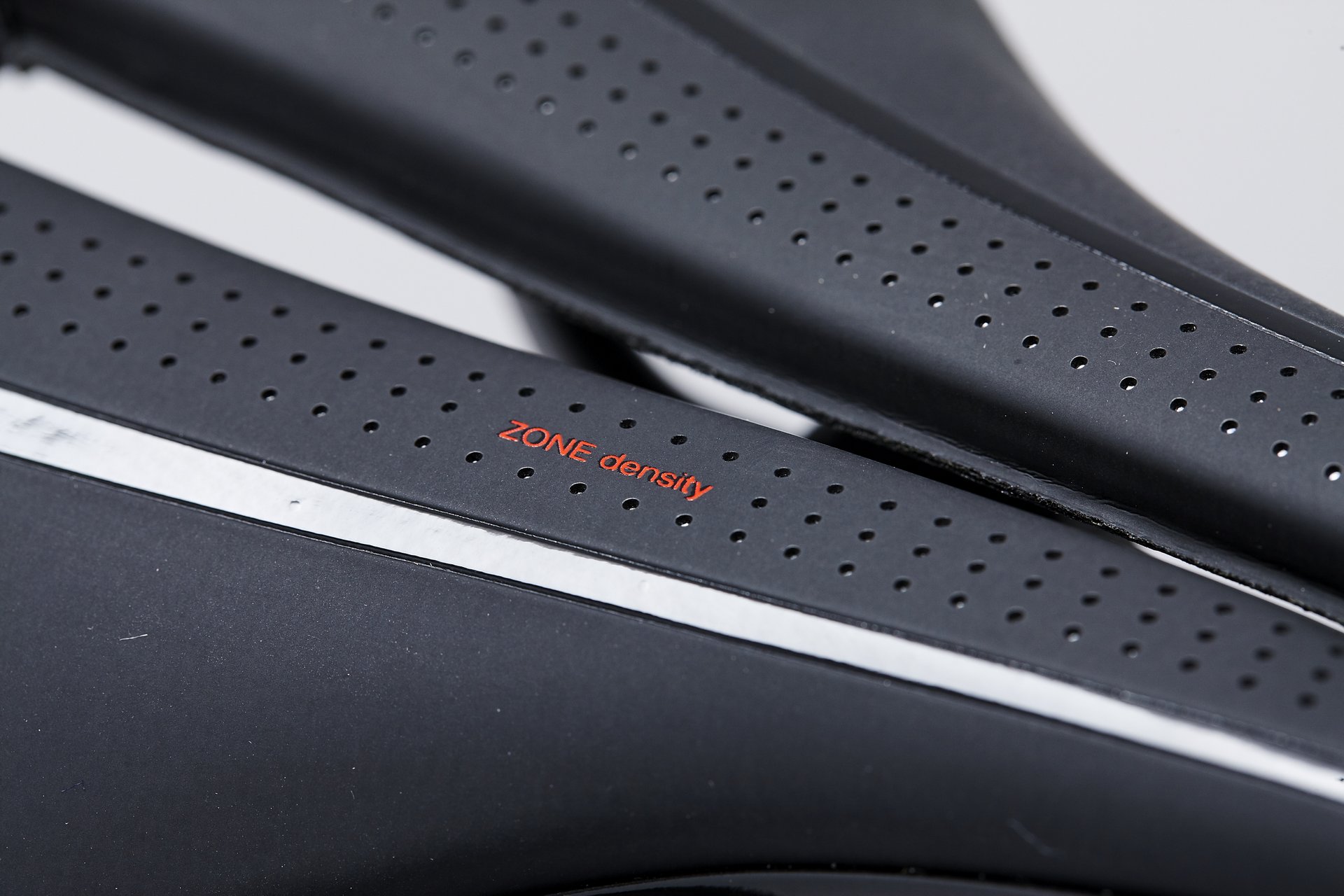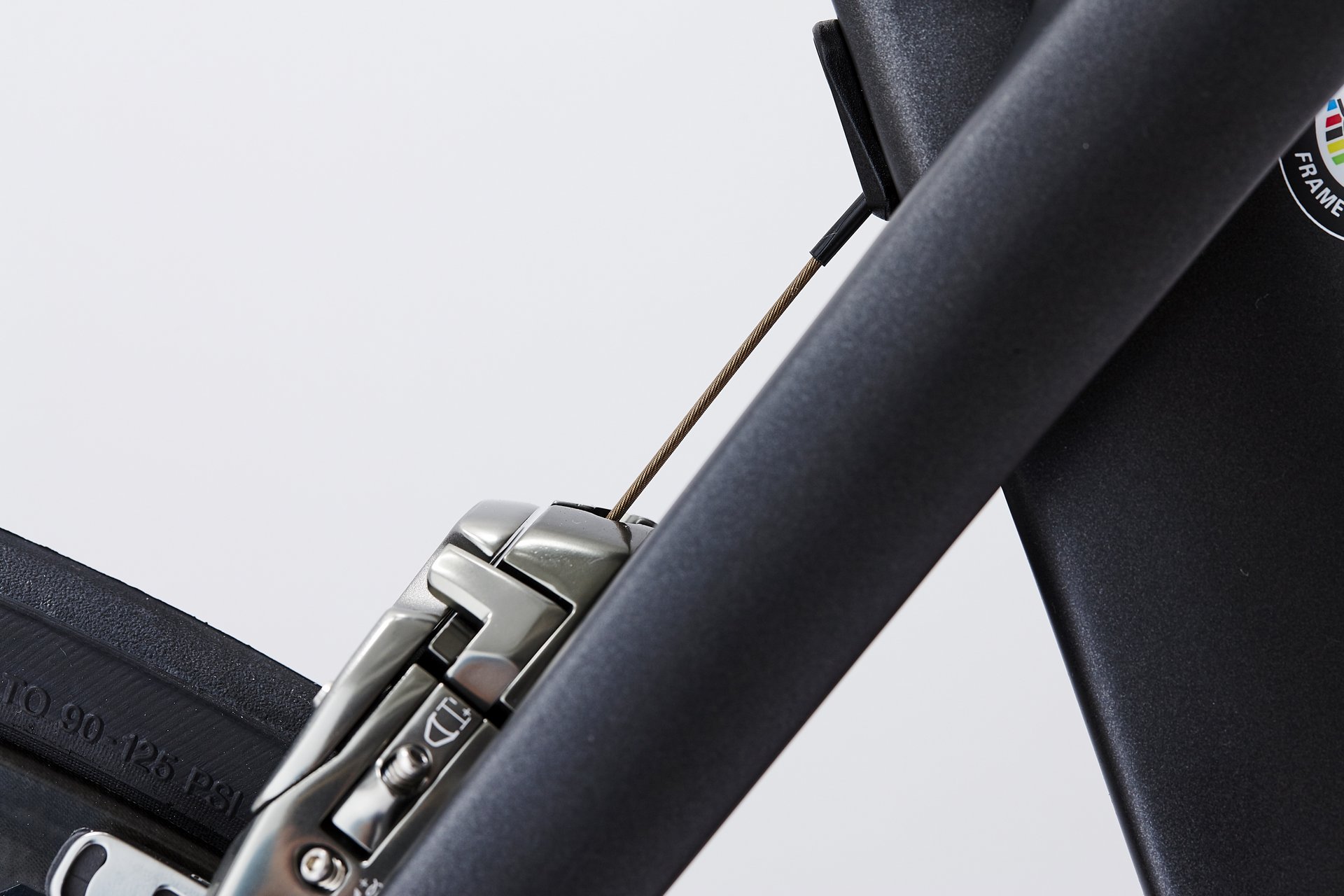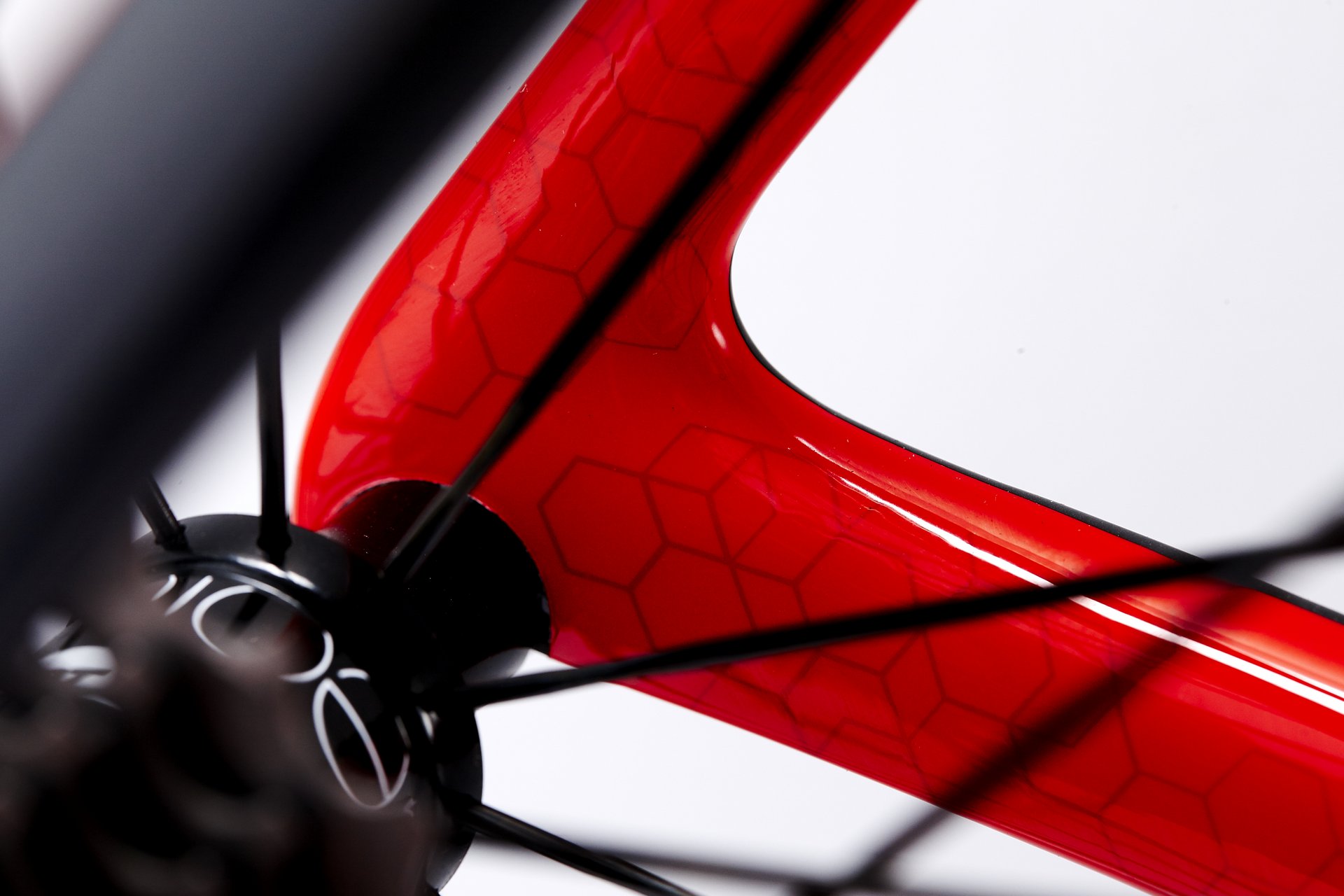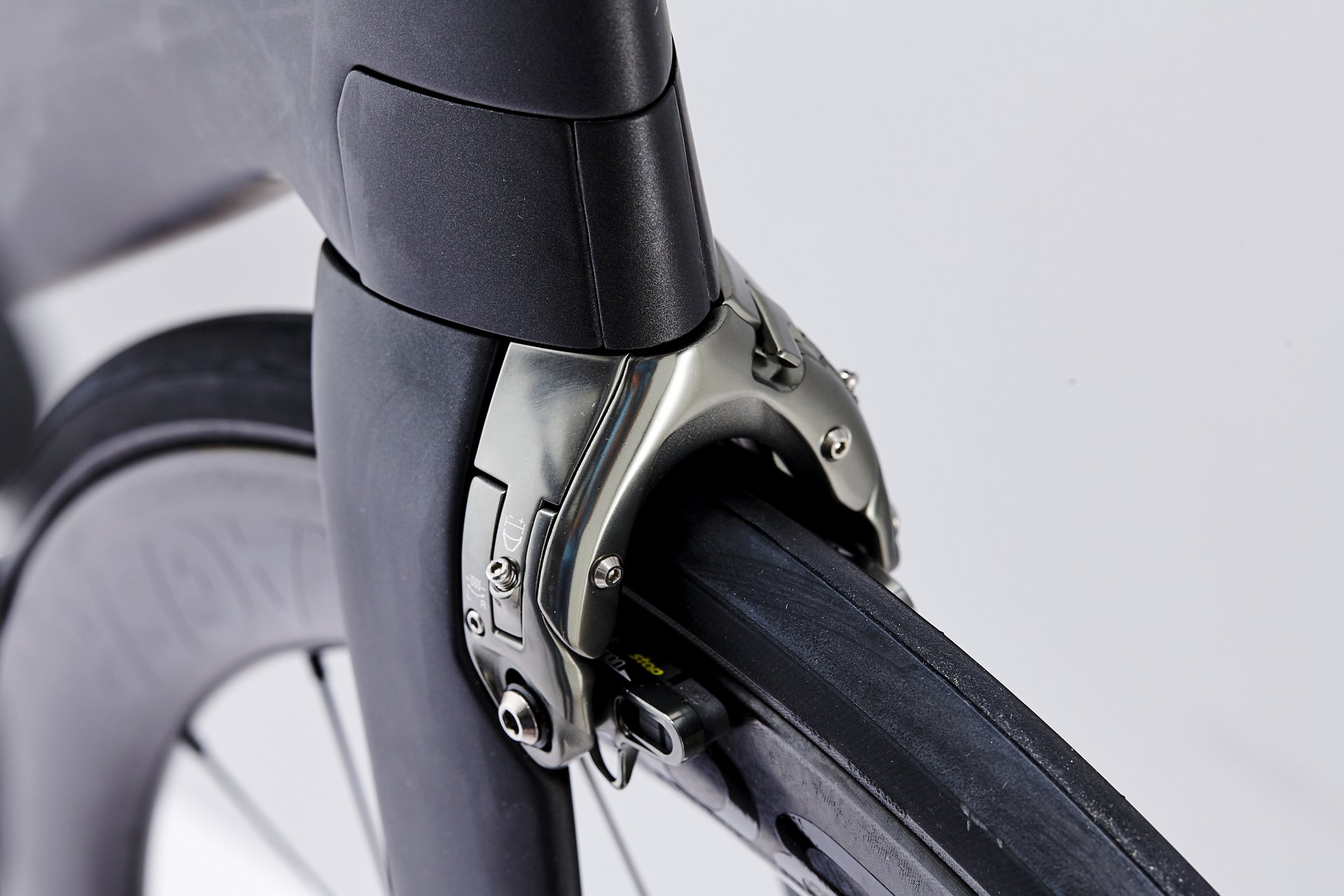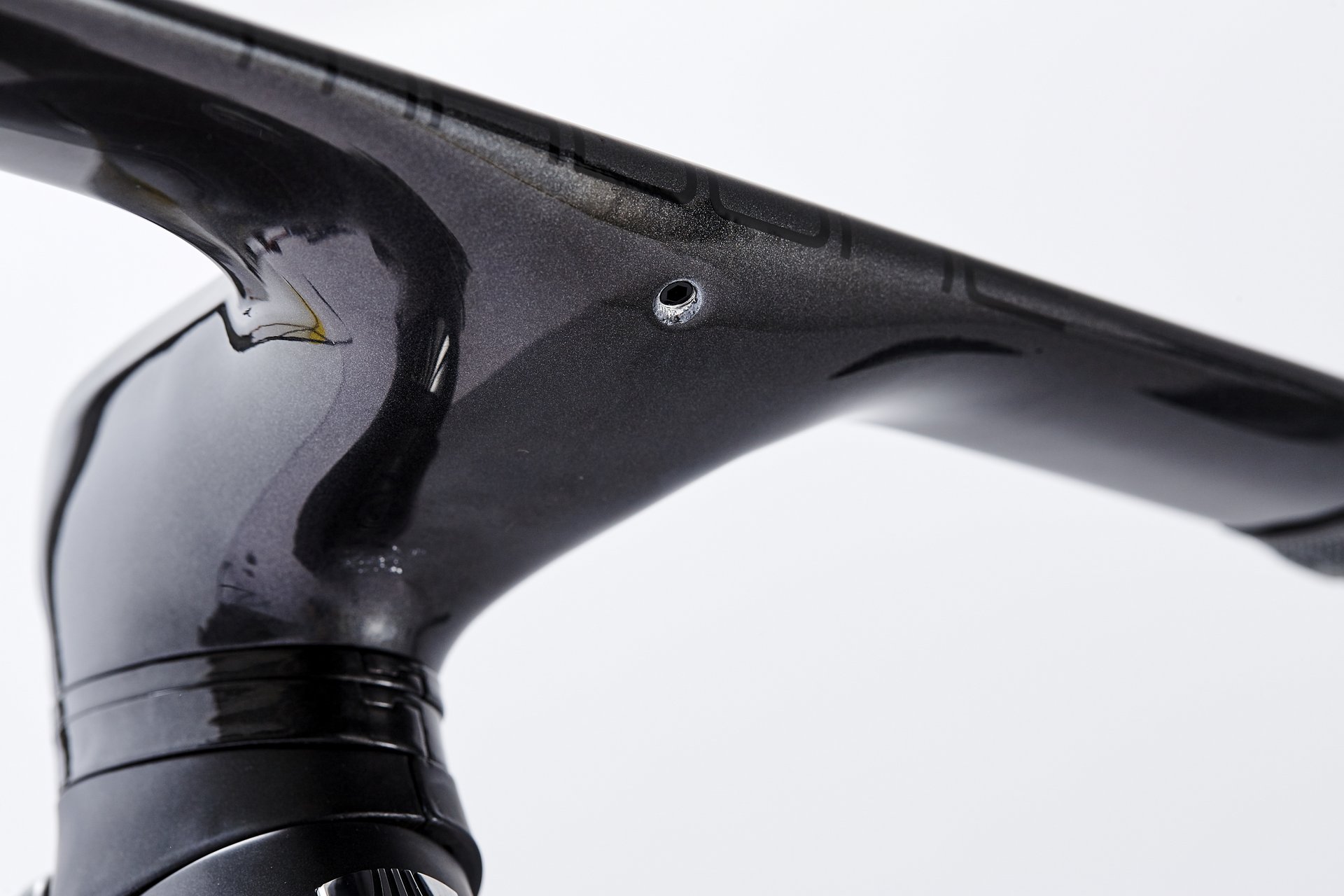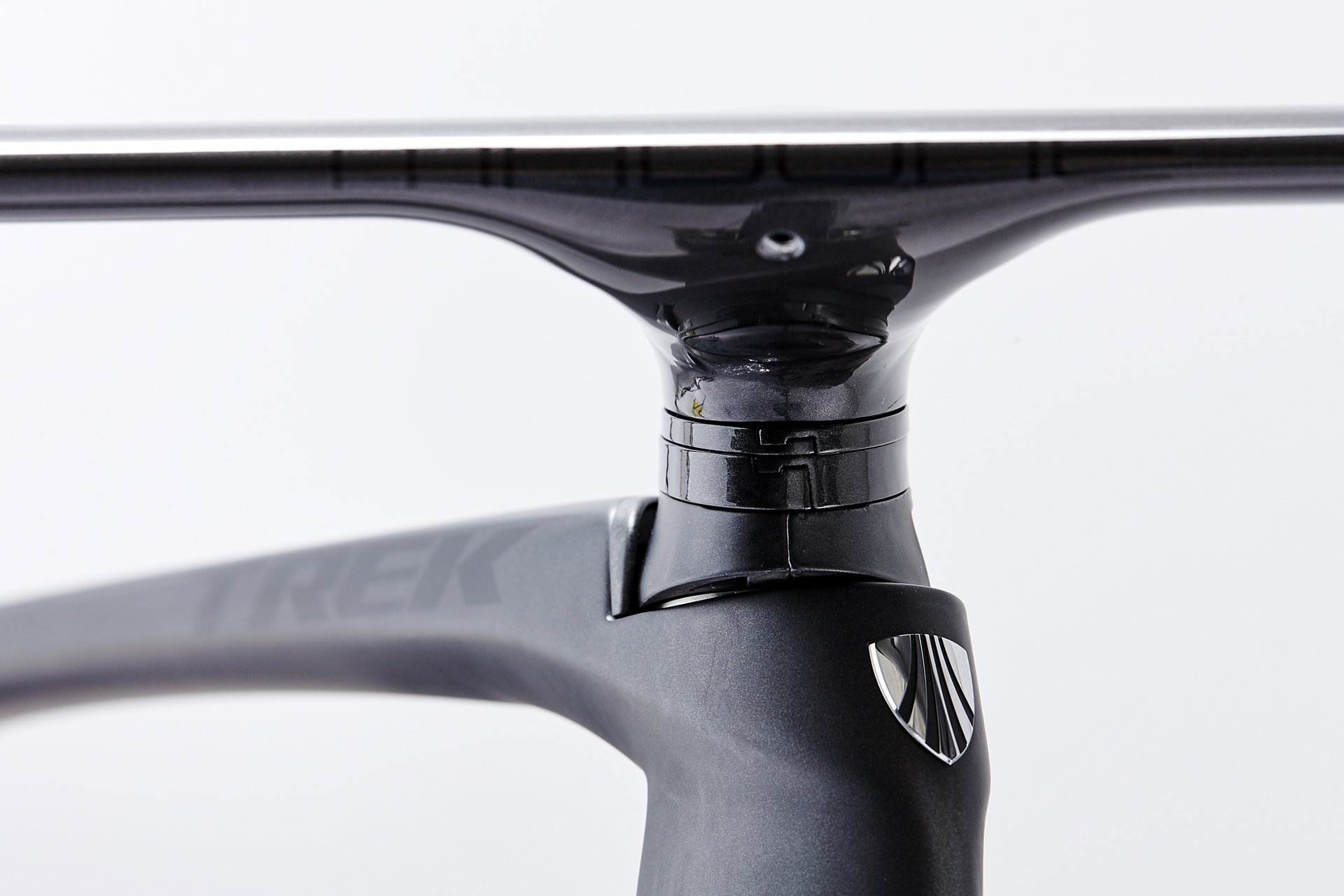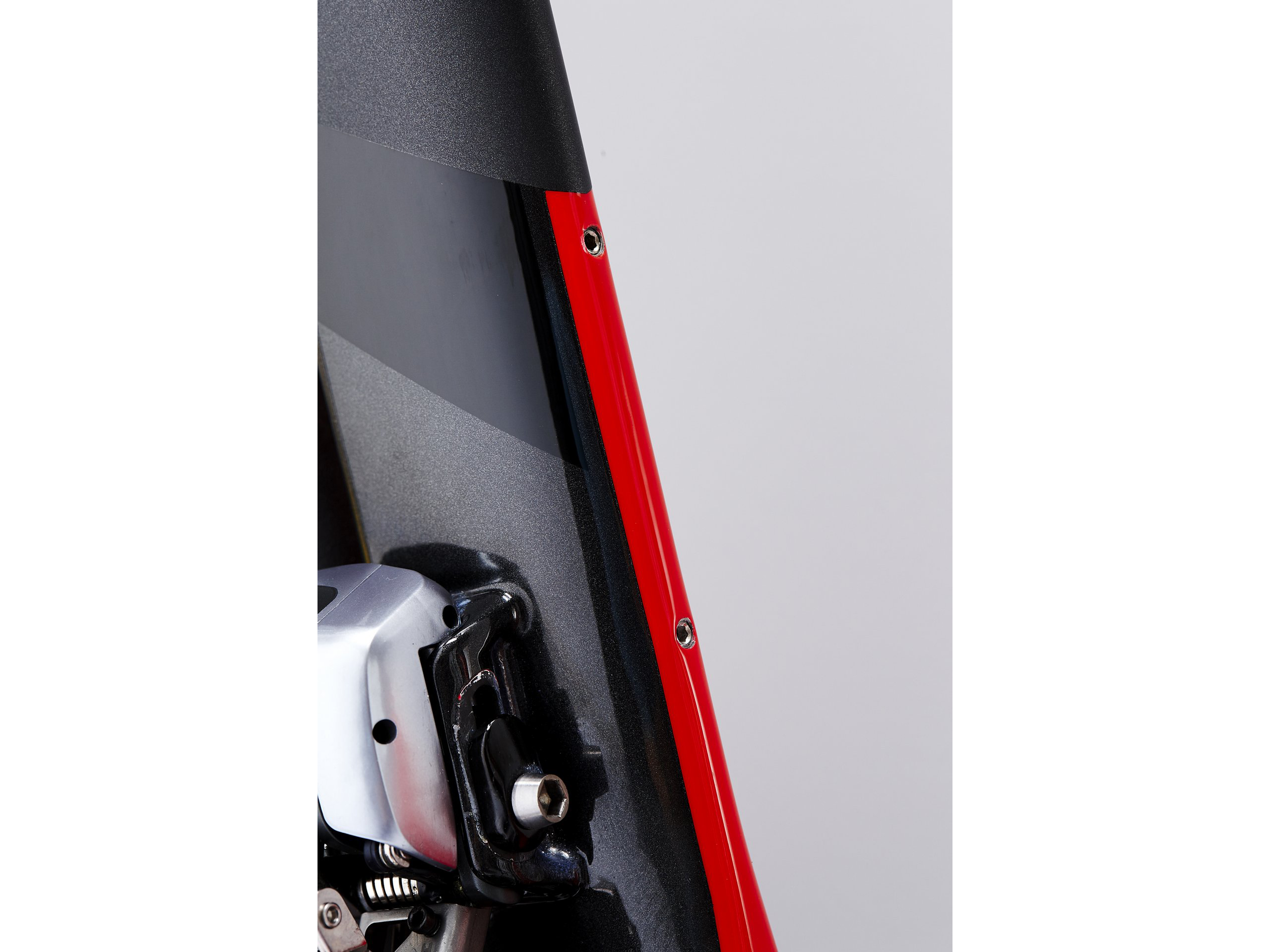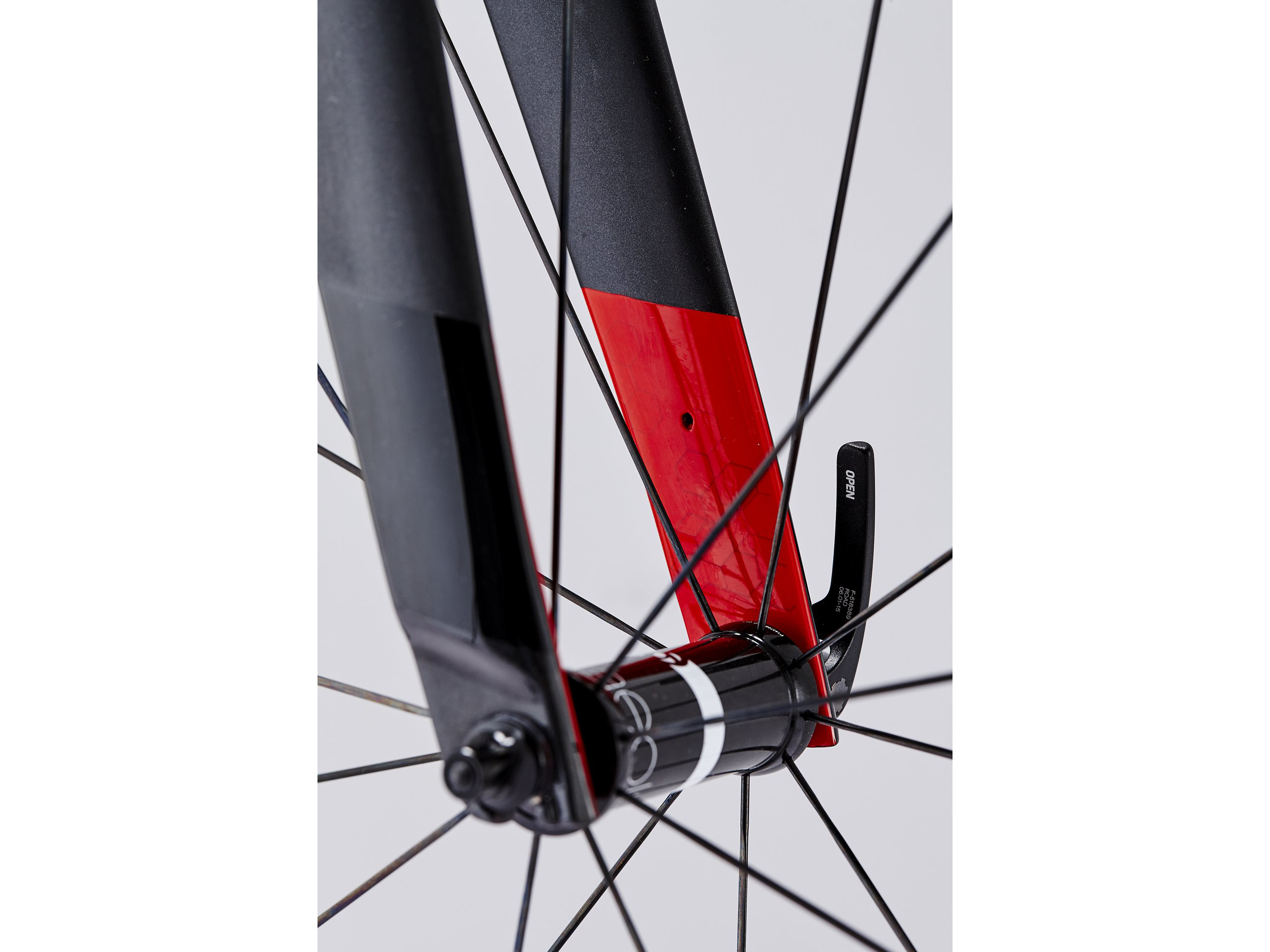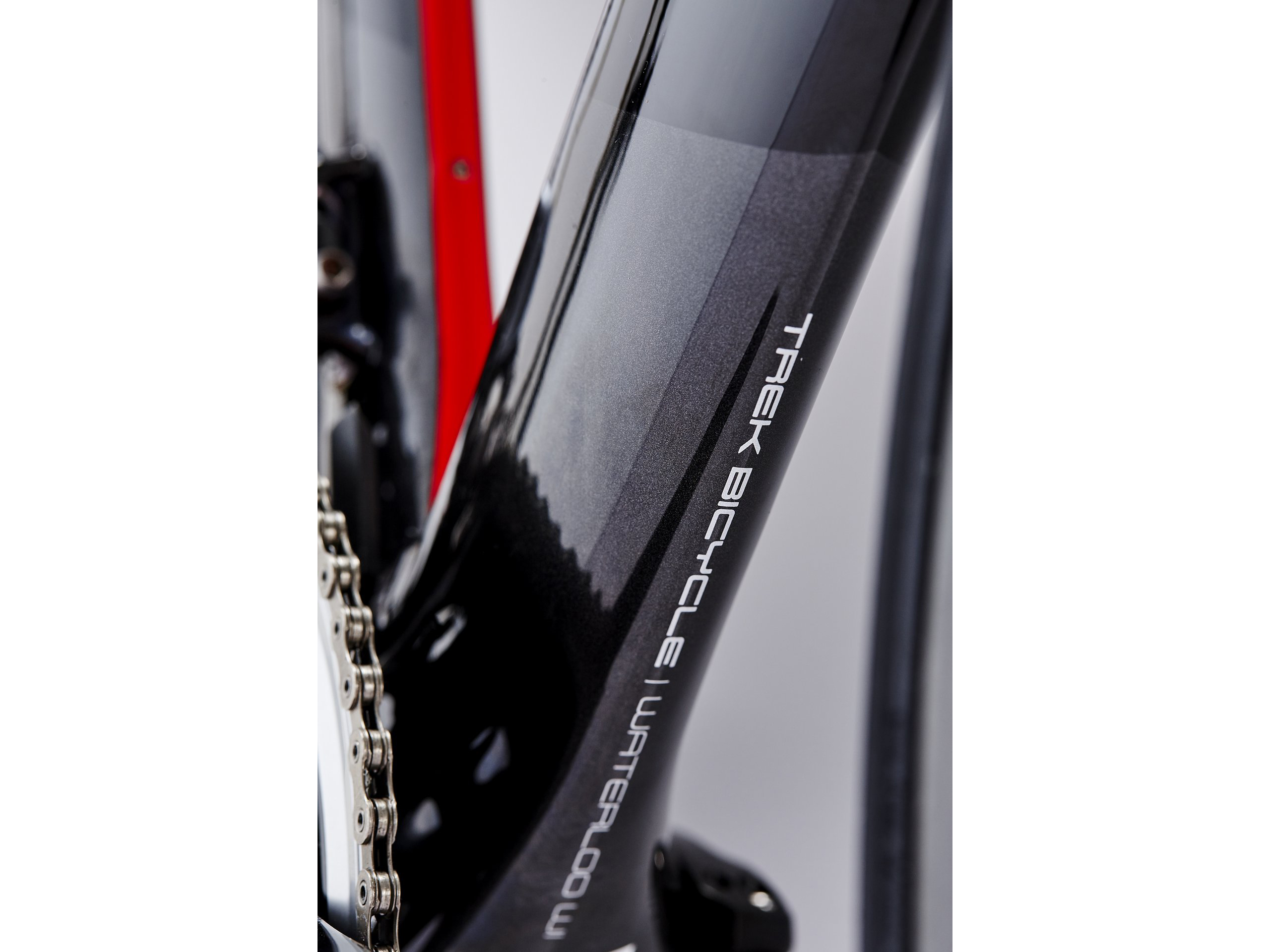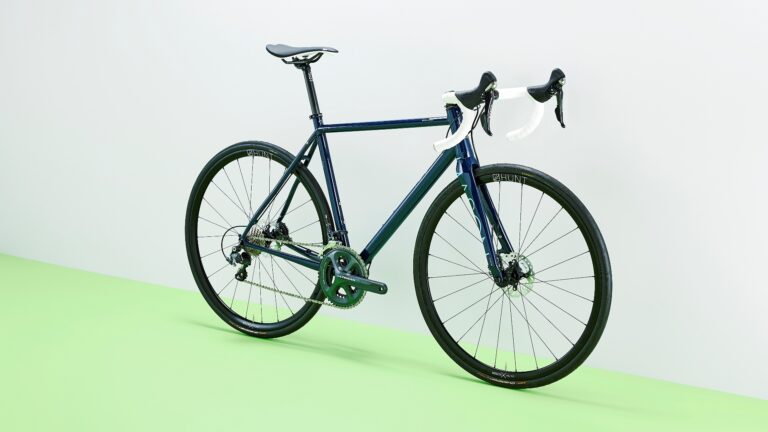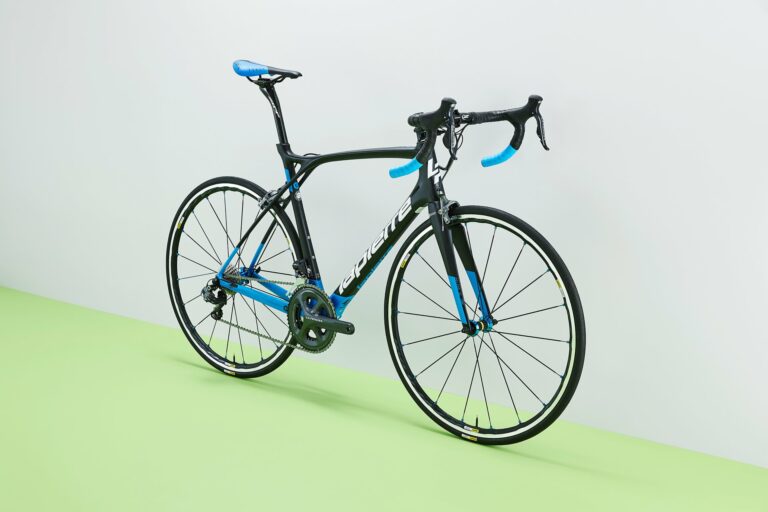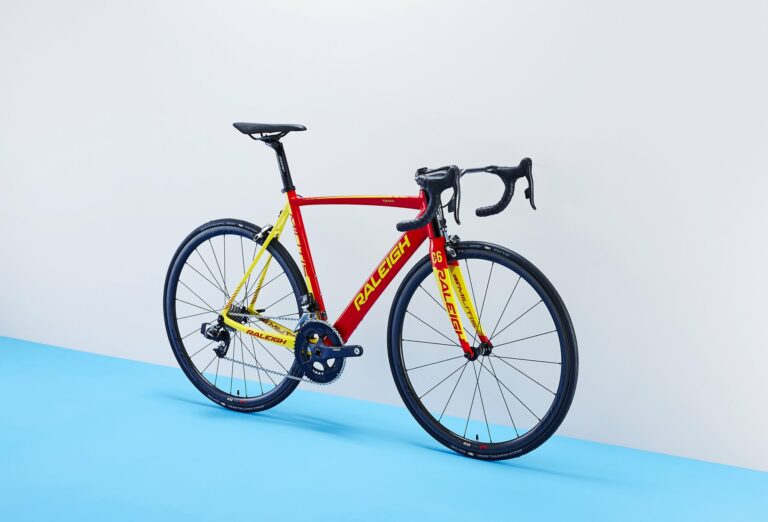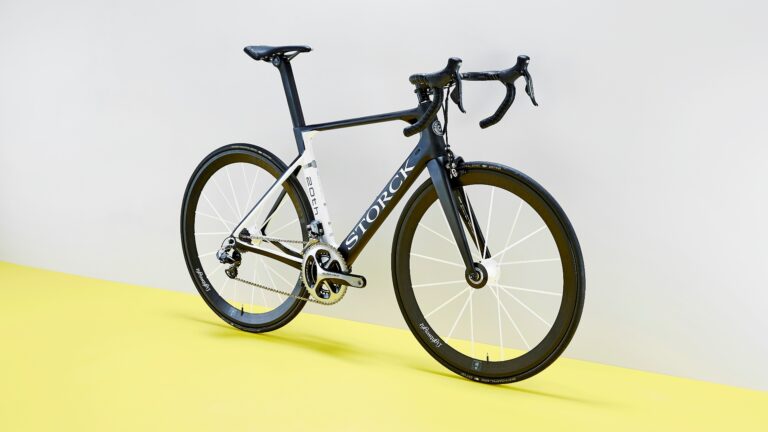Trek first launched the Madone back in 2003 but while that machine and the 2016 iteration share the same name, they bear no resemblance. In fact, the 2016 Trek Madone 9 Series, launched ahead of the 2015 Tour de France looks nothing like the version it replaced either – or just about anything else out there.
It’s one of the next generation of aero road bikes and a machine which marries aerodynamics and comfort in one seamless package.
When the Madone was first launched it was the Wisconsin-based firm’s carbon fibre race bike, named after the climb in the south of France which Lance Armstrong used to test his fitness. Back the, one bike was enough to do the job, but things have moved on and the market has become increasingly segmented – not least at the top level where professional riders, by and large, have a choice of at least two or three race bikes to choose from, each designed specifically for the job in hand, whether that’s to be aerodynamic, super-light or comfortable.
For Trek, that specialisation began with the arrival of the Domane in 2012 – the Classics-inspired bike designed with input from Fabian Cancellara and ridden to victory by Spartacus at Paris-Roubaix in 2013, and the Tour of Flanders in 2013 and 2014. Next came the Emonda in 2014; a 690g frame and the bike of choice for climbers in the mould of Frank Schleck.
The effect of the IsoSpeed decoupler is noticeable in how it smooths out ripples and imperfections in the road through the rear end
That left the Madone looking a little out-dated as the all-rounder of Trek’s range.
It was fairly light, but not as light as the Emonda, and had an aerodynamic flavour, but lagged behind the latest aero road bikes, while it didn’t come close to the Domane in terms of comfort.
So Trek went back to the drawing board and the Madone 9-Series was reborn as an out-and-out aero race machine – with a significant trick up its sleeve.
